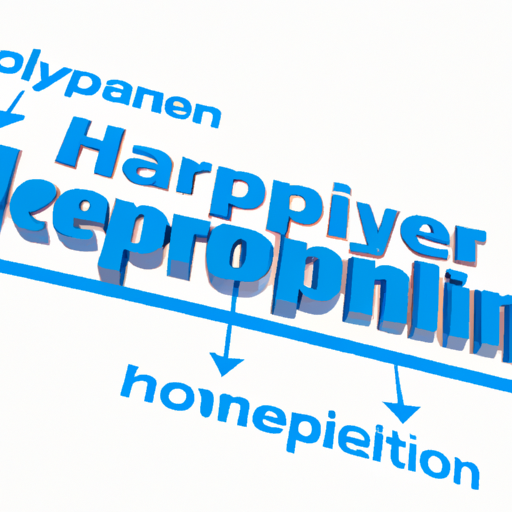In today’s fast-paced digital landscape, businesses are constantly on the lookout for innovative solutions that enhance efficiency and drive growth. Among the most transformative of these solutions is hyperautomation. This cutting-edge approach combines advanced technologies such as artificial intelligence (AI), robotic process automation (RPA), and machine learning to automate complex processes and workflows entirely.
What is Hyperautomation?
Hyperautomation goes beyond traditional automation by not only automating individual tasks but also integrating and optimizing entire processes. This comprehensive approach allows organizations to streamline operations, increase productivity, and reduce operational costs. By leveraging a blend of tools and technologies, hyperautomation can effectively replace manual, repetitive tasks across various departments.
The Benefits of Hyperautomation
- Enhanced Efficiency: By automating processes, businesses can significantly reduce the time taken to complete tasks, thus freeing up valuable resources.
- Improved Accuracy: Automation minimizes human error, ensuring that tasks are completed with precision and consistency.
- Increased Agility: Companies can adapt to changes in the market swiftly, thanks to automated workflows that can be reconfigured easily.
- Cost Savings: Reducing reliance on manual labor results in lower operational costs, allowing businesses to allocate resources more effectively.
- Better Customer Experience: Automation can enhance customer interactions, leading to faster response times and overall improved service.
How to Implement Hyperautomation in Your Business
- Identify Processes for Automation: Start by analyzing your current processes to determine which can be automated. Focus on repetitive tasks that consume significant time and resources.
- Select the Right Tools: Choose appropriate RPA and AI tools that align with your business needs. This may involve selecting platforms that offer low-code solutions for easy implementation.
- Develop a Strategy: Create a comprehensive strategy that outlines your automation goals, timelines, and metrics for success.
- Train Your Workforce: Ensure that your employees are equipped with the necessary skills to work alongside automated systems. Offer training and resources to facilitate this transition.
- Monitor and Optimize: Continuously monitor automated processes to identify areas for improvement. Use analytics to measure efficiency gains and adjust strategies accordingly.
The Future of Hyperautomation
As technology continues to evolve, the potential of hyperautomation will only expand. Organizations that embrace this innovative approach will find themselves better equipped to navigate challenges, boost productivity, and ensure long-term success. With the right tools and strategies, hyperautomation can become a game-changer for businesses looking to stay ahead in the digital age.
Conclusion
In conclusion, hyperautomation represents a significant leap forward in how businesses operate, providing them the capability to automate processes at an unprecedented scale. By understanding and embracing hyperautomation, organizations can unlock new levels of efficiency and innovation, paving the way for future growth.
Are you ready to transform your business with hyperautomation? Start today and reap the benefits of a more automated, efficient, and agile organization!




